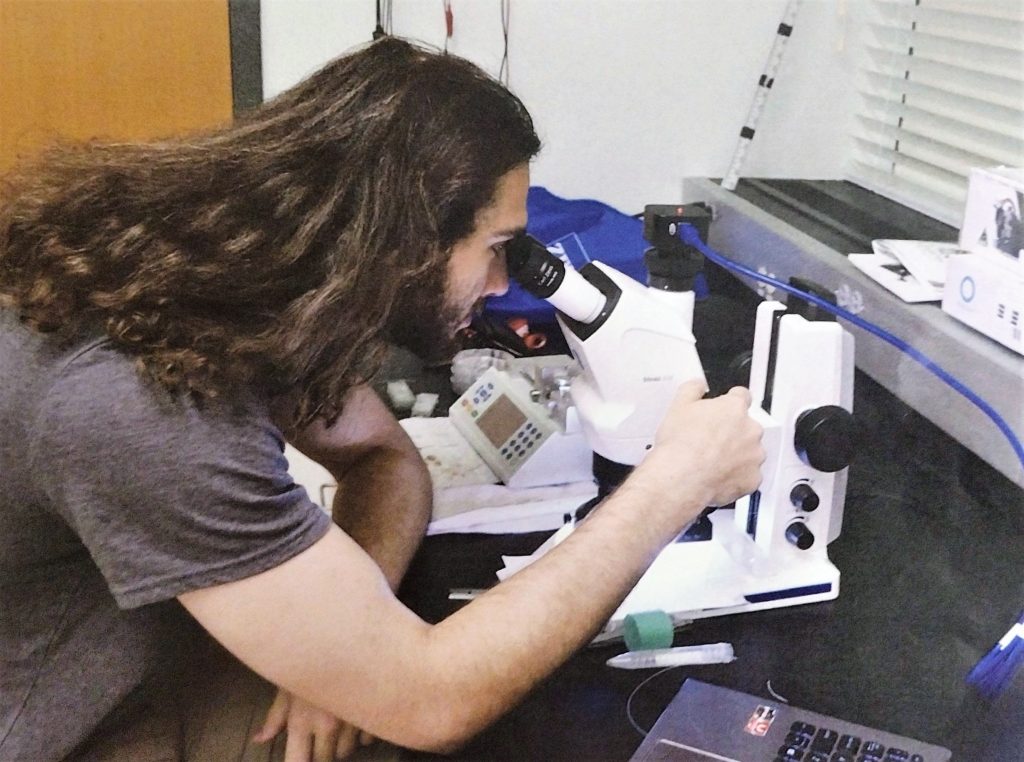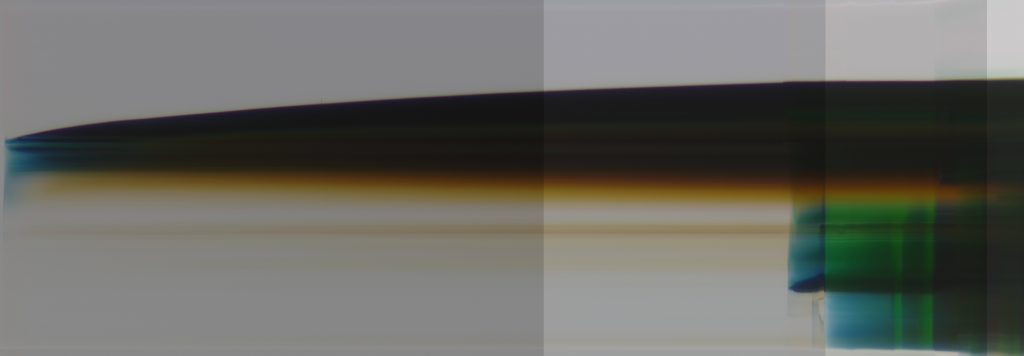If there is one thing that I’ve learned over the past 8 weeks, it’s that there’s a certain freedom that presents itself when one’s goals are mutable. This sums up one of the starkest differences to be found in the transition from classwork to dedicated research. When I came into the lab in the second week of June, Dr. Tompkins sat Bryan (classmate and fellow intern) and I down and, to both heavily summarize and paraphrase, told us “Here is a basic abstract for a possible final destination for both of you, and here’s a few ideas and tips for how to go about building a foundation for your investigation.” After providing these resources, he promptly left us in a rather novel position. I had a general boundary to outline where my work ought to take me, or at the very least the direction in which it ought to be pointed, but how I performed this work was entirely up to me. The design decisions for my microfluidic devices, the pace and structure of my trials, the concepts and theory I desired to test; all of these facets of my research were just that, my own. I found myself in a position where the greatest efficacy and meaning came from personal creativity and volition. I was made to quickly understand that in this space, failure was much less about “doing something wrong” and much more about leaving something to the imagination and leaving a possibility unquestioned and uninvestigated. This summer taught me that trial and error is not an enemy of efficiency, but a tool for those who aren’t ready to take no for an answer.
It is with the utmost gratitude that I extend my thanks to my advisor and professor, Dr. Nathan Tompkins, for providing me with this opportunity to perform research with him this summer. This experience has allowed me to feel more connected to my studies and to the greater field of physics as a whole. Classes can give you the tools to succeed, but I believe there is something truly special about being able to see and feel what it is to be a traveler on the road to scientific discovery.

